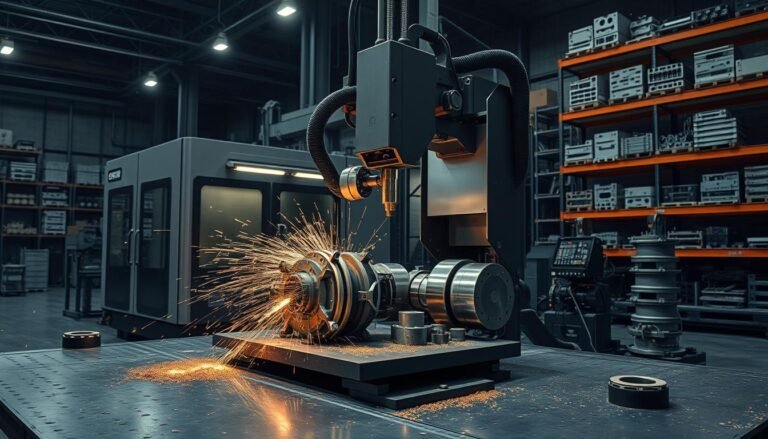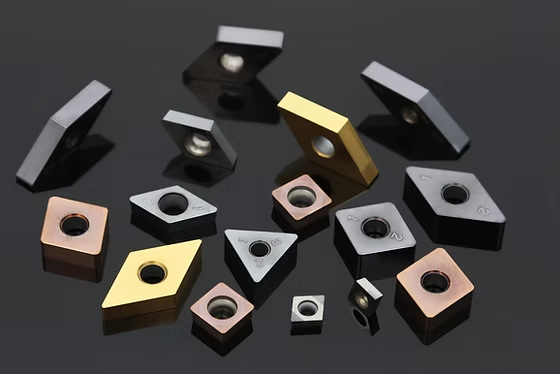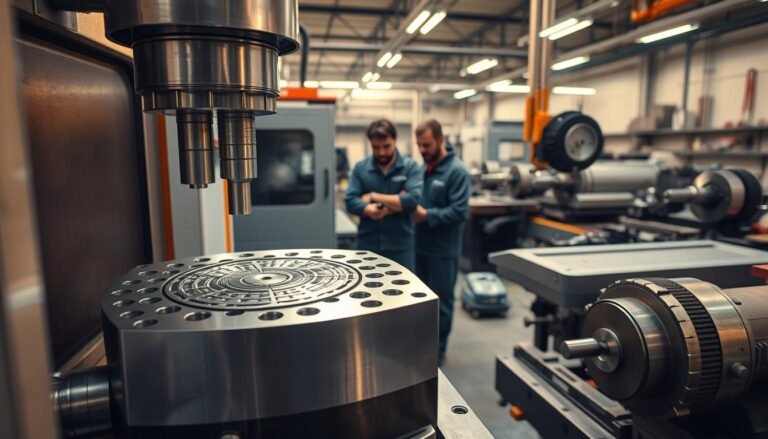CNC machining plays an important role in modern manufacturing, developing precise and complex components for industries such as aerospace, automotive, and machine building. A key factor in realizing the realism and functionality of CNC machining is proper machining tolerance and coatings.
This guide covers everything you want to know about margins on CNC machines: definitions, features, receiving margins, margin survival, adjusting divisors, and good drilling.
What Are CNC Machining Tolerances?
CNC machining allowances are the allowable values for the proportions of machined items as defined by engineering drawings or measurements. They determine how much deviation from nominal (or basic) proportions is allowed while ensuring proper fit, mapping, and anatomy. Smaller machining allowances result in higher accuracy, but usually increase manufacturing price and meterage.
Why Are Tolerances Important in CNC Machining?
- Functionality : Ensuring percentage fit and office as intended—especially forum wiht couple component .
- Interchangeability : Allowing the yield of interchangeable component across hatful or provider .
- Cost Management : Preventing overengineering andd excessive cost by only hold tight tolerances where substantive .
- Quality Control : Establishing mensurable touchstone fro inspection nad timbre sureness .
Types of CNC Machining Tolerances
1. Unilateral Tolerance
Permits the proportion to motley in only one counselling frm the nominal value ( either confirming or negative ) .
2. Bilateral Tolerance
Allows teh proportion to variegate in both negative and positivist instruction fromm the nominal attribute .
3. Limit Tolerances
Specifies utmost nad minimal allowable limitation , preferably than a plus/minus deflection .
Commonly Used Tolerance Standards
Several international standards dictate how tolerances are specified and interpreted:
- ISO 2768 (General Tolerances for Linear and Angular Dimensions)
- ANSI/ASME Y14.5 (Geometric Dimensioning and Tolerancing, GD&T)
- DIN and JIS standards (for various regions and industries)
Standard CNC Machining Tolerance Levels
Unless otherwise specified, general CNC shops typically offer the following tolerances:
| Machining Process | Typical Standard Tolerance (mm) |
|---|---|
| Milling | ±0.10 – ±0.05 |
| Turning | ±0.05 – ±0.025 |
| Drilling | ±0.10 – ±0.05 |
| Grinding | ±0.005 – ±0.01 |
Note: Achieving tighter tolerances (e.g., ±0.001 mm) is possible, but requires more advanced equipment, processes, and increased inspection.
Factors Affecting Machining Tolerances
- Material Properties : Harder or more brittle textile may command unaffixed leeway .
- Part Geometry : Complex shape or thin-walled features are difficult to adjudge to tight tolerance .
- Tool Wear an Machine Condition : Affects dimensional accuracy during extended production rivulet .
- Thermal Expansion : Material expansion/contraction must be weigh , specially fo big voice .
- Measurement Accuracy : High-precision metrology is require to avow very tight allowance .
- Manufacturing Process : Each machining appendage has unique achievable leeway verge .
Best Practices for Specifying CNC Machining Tolerances
- Specify Only Critical Tolerances : Tighten allowance only as postulate fro occasion ; looser tolerance thin toll .
- Use Industry Standards : Refer to ISO 2768 or ASME Y14.5 to understate ambiguity .
- Communicate Clearly : Provide detailed technical lottery an GD & T symbols when necessary .
- Consult Wth Machinists : Early coaction aid key achievable andd cost-effective margin .
- Account for Post-Processing : Surface treatment , coating , and oestrus treatment can pretend final dimensions .
Conclusion
Properly narrowing down CNC machining ensures that your office is built efficiently and cost-effectively, with subroutines as needed. It’s important for technologists, ware designers and machinists to understand margin conditions, specification components and diligence touchstones.
For CNC machining expertise and to calculate the best tolerances for your job, contact a trusted CNC manufacturer with proven quality and accuracy.
Want to learn more about CNC machining capabilities or get a quote for your next project? Contact our CNC experts today!




